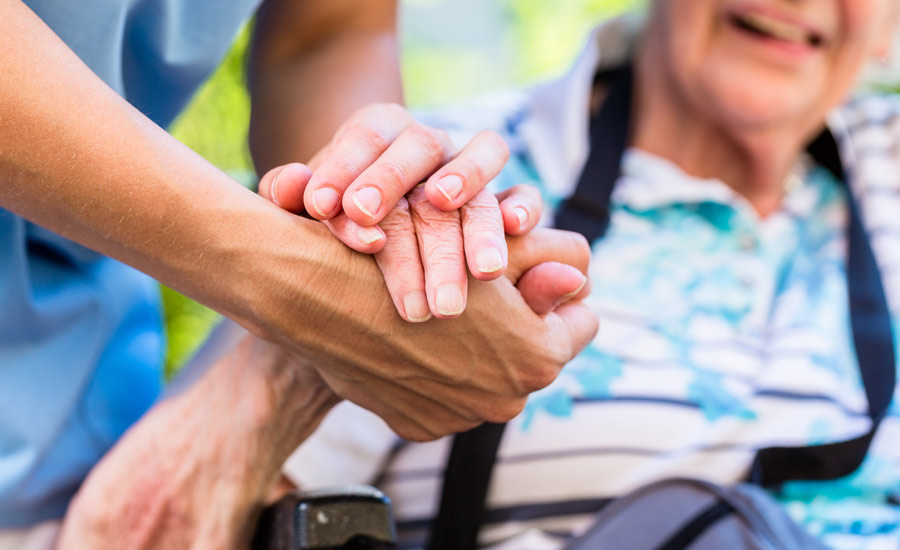Inside the Emergency Plans of Care Homes & How They Keep Residents Safe

Every care home has emergency procedures to protect residents if something unexpected happens. And these procedures are practised, reviewed and adapted to fit the needs of the home and the residents who live there.
In this article, we’ll look at the different types of procedures and how they keep residents safe day to day.
What are the Emergency Procedures in Care Homes?
Emergency protocols in care homes are the specific steps staff follow when something goes wrong. For example:
- In a fire emergency, sounding the alarm, guiding residents to evacuation points and contacting fire services.
- Giving first aid or CPR, using a defibrillator and calling an ambulance during medical emergencies.
- Power failures mean switching to backup generators, moving residents to safe areas and checking medical equipment.
- For infection control, homes isolate affected residents, using protective equipment and following health service advice.
- Searching the home and grounds if someone goes missing, alerting police and informing families.
Breaking Down the Procedures
Emergency procedures in care homes must be written as clear, step-by-step instructions so staff know exactly what to do. A fire plan, for example, sets out which exit routes to use, how to support residents who can’t move quickly and where everyone should gather once outside. Medical procedures are just as detailed, covering who calls for help, who starts first aid and how other residents are supervised. This level of detail removes guesswork and ensures staff can act without hesitation when time matters.
Fire Safety in Care Homes
Fire is one of the greatest risks in any care setting, which is why fire procedures are some of the most detailed. As mentioned earlier, every care home has mapped evacuation routes and clearly marked exits and staff practice using them in regular drills so they become second nature. Some residents need extra support, whether that’s a wheelchair, a walking aid or one-to-one help, which is factored into the plan so no one is left behind. Carers are also trained to use fire extinguishers, set off alarms and call emergency services straight to the affected area. These steps ensure that if an alarm sounds, everyone knows exactly what to do without hesitation.
Responding to Medical Emergencies
Medical emergencies in care homes, ranging from falls to cardiac arrest, demand immediate action. Staff are trained to respond promptly, providing first aid, initiating CPR or using a defibrillator when necessary. Simultaneously, another team member contacts emergency services and gathers crucial information for the ambulance crew. And these roles are pre-assigned to avoid confusion during critical moments. Care homes also maintain clear and comprehensive records of residents’ health needs and medication, ensuring paramedics receive accurate information upon arrival. This meticulous record-keeping is necessary in ensuring that the appropriate treatment is given to residents in their time of need.
Infection Control in Care Facilities
Illness can spread quickly in a care home, so infection control procedures are detailed and regularly reinforced. When a resident shows symptoms of something contagious, they may be cared for in their room while staff use protective equipment to reduce the risk of passing it on. Extra cleaning routines are put in place, and visitors will be restricted if absolutely needed. Staff will follow public health guidance step by step so the home’s response stays consistent with medical advice because Covid-19 highlighted how important these measures are. Many homes now keep larger stocks of PPE and sanitising supplies than before to stop illness spreading and protect the most vulnerable residents.
Security and Safety of Residents
Care homes also prepare for situations like a resident with dementia leaving the building unnoticed or someone entering who shouldn’t be there. In those cases, staff follow a precise sequence, including checking the home and grounds straight away, calling the police if needed and keeping the families informed. For intruders, entrances can be locked down quickly while staff keep residents safe in communal areas. These steps are practised, just like the fire drills, so staff aren’t working it out on the spot, wasting time. Security might sound less obvious than fire or illness, but it’s actually a big part of keeping residents safe day to day.
Communicating Through a Crisis
How a care home communicates in an emergency makes a huge difference for trust between the home and families and overall resident well-being. Families will want to be told quickly about what’s happening and residents also need reassurance in the moment. Most care homes have a system in place for contacting family members, usually by phone or text, so relatives aren’t left in the dark. Inside the home, staff explain events in simple terms, helping residents stay calm and feel safe. After the situation is resolved, managers give a full update on what happened and what steps were taken, as required by care regulations.
From Plans to Practice
So, as you can see, emergency procedures in care homes are there to give staff clear direction and residents the best possible protection when something goes wrong. They’re practised, reviewed and promptly put into action so that families can trust their loved ones are safe in a care home, whatever urgent crises occur.
Ready to explore...
